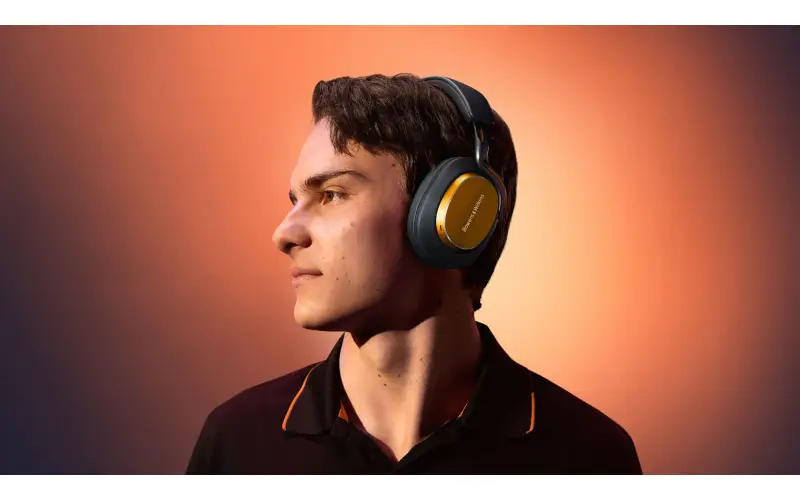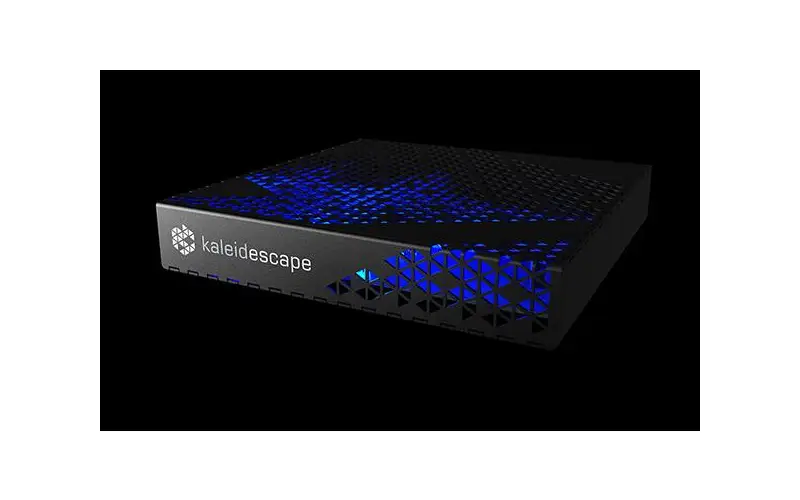By CE Critic - Buy Better Tech
The Versatile USB-C Port
In the world of tech, the USB-C port is a bit of an unsung hero. It's the connector that ties our devices together, providing power, data transfer, and much more. With each iteration of smartphones, these ports evolve to offer new capabilities. Google's Pixel 8 series is no exception, introducing a significant feature: lossless audio support over USB-C.
The Promise of Lossless Audio
Lossless audio is the holy grail of sound quality. It ensures that the audio you hear is as close to the original recording as possible, without any compression that can degrade the listening experience. Google has made it official that the Pixel 8 series will soon join the ranks of devices that support lossless audio over USB-C.
Dave Burke, from Google, confirmed during a Reddit AMA for Android 14 that the Pixel 8 series will be compatible with lossless audio output over USB-C. However, there's a twist—it's not an immediate reality. Android 14 is the gateway to achieving this pristine audio quality, but the devices themselves need to incorporate support in their hardware abstraction layers. This move ensures "bit-perfect audio," as it bypasses audio mixers and processing effects, providing a listening experience that's true to the original recording.
The Power of Collaboration
The promise of lossless audio on the Pixel 8 series relies on collaboration. Device manufacturers like Pixel and other OEMs will be expected to integrate this mode into their hardware abstraction layer (HAL) implementations in forthcoming releases. App developers also play a crucial role in adopting the new API to harness the potential of lossless audio.
The journey to lossless audio is exciting, but it's a joint effort. Android 14 opens the door, and now it's up to the industry to make this feature an integral part of our daily audio experiences.
The Missing Piece: Video Output Over USB-C
In the world of speculation and expectation, another feature was on the horizon for the Pixel 8 series—video output over USB-C. This would have enabled users to connect their phone to an external monitor, potentially turning the Pixel 8 into a productivity powerhouse. However, while the hardware supports this feature, it didn't make it to the final product.
There's still hope for this capability, though. Google could potentially enable video output over USB-C through a future update. In fact, it's not just wishful thinking; Google was working on a hidden "desktop mode" back in Android 13, aimed at improving the phone-to-monitor experience. While it's a work in progress for now, it's a feature worth keeping an eye on for the future.
As tech enthusiasts, we're constantly on the lookout for the latest and greatest features, and the Pixel 8 series delivers on one front while hinting at potential developments on another. The USB-C port, often underestimated, continues to evolve and surprise us with new possibilities




